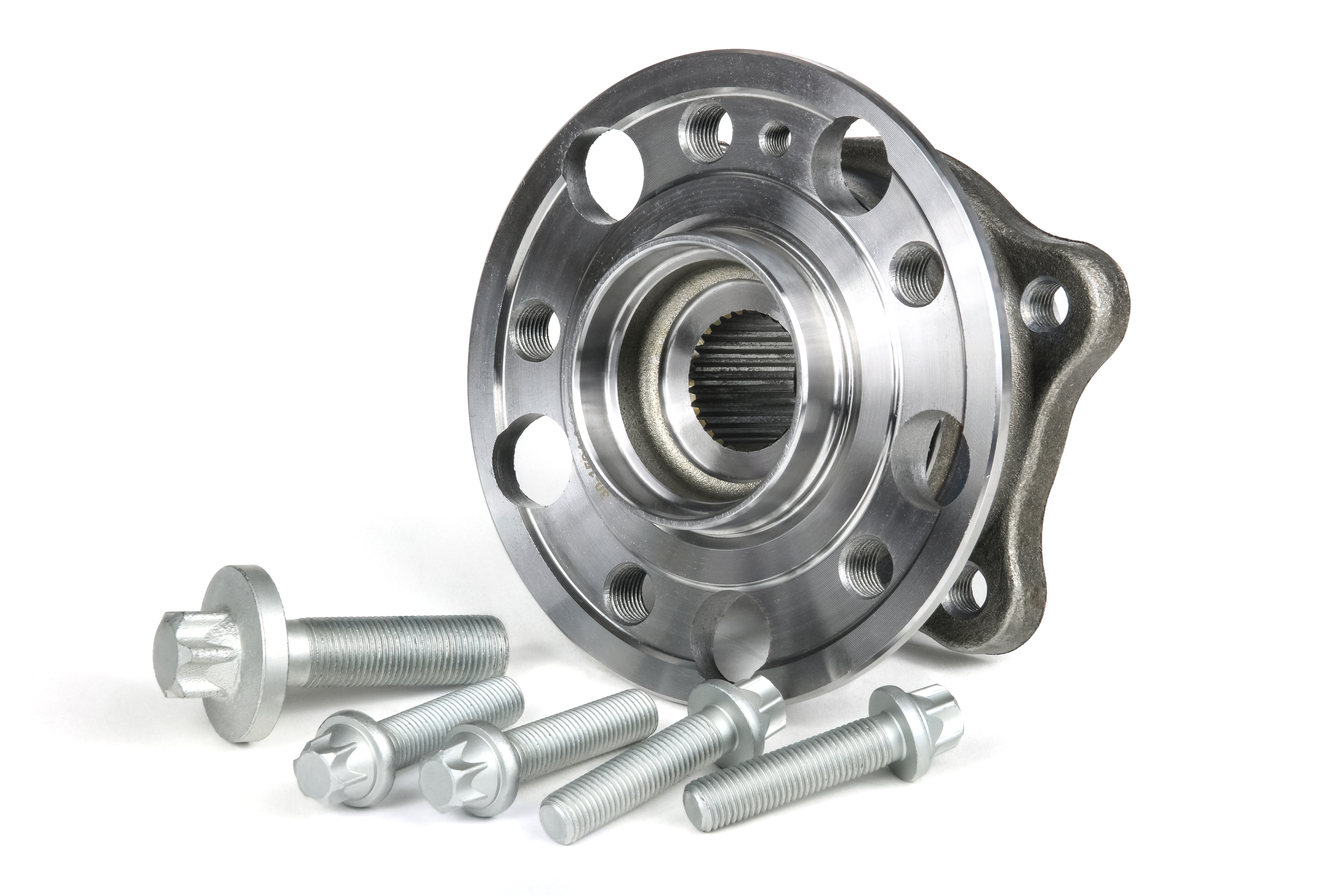Updated: 11 February 2022

With vehicle technology constantly advancing, increasing safety, saving weight and reducing fuel consumption, the demands are ever increasing to optimise systems to deliver maximum efficiency.
Vehicle parts specialists First Line Ltd. offers a market leading range of products across all disciplines of the automotive aftermarket and Marketing Director, Jon Roughley, is offering advice to technicians around the latest advancements in the development of bearings.
One of the key innovations in modern automotive engineering has been to wheel and axle assemblies, and the correct fitment of the latest Generation 3 wheel bearing hubs is important for the vehicle’s safe operation and also supports running of various ADAS features.
Wheel bearing issues can usually be diagnosed by identifying grinding noises from the axle assemblies. An anti-lock braking system (ABS) sensor can fail due to a bearing issue, which can in turn cause the respective dashboard light to illuminate, and drivers may experience excessive play in the steering wheel.
The latest Generation 3 wheel bearings, which are now the most prevalent wheel bearings found on the front axle, contain the bearing within the hub assembly, with an integrated ABS sensor.
Traditionally, front or driven wheels have utilised a splined drive that fits into a corresponding hole on the wheel bearing. However, with the increase in larger diameter wheels, and the consequent increase in load, a new type of bearing has been designed where the splines are now situated on the back of the bearing and locate onto to matching splines or teeth on the CV joint. The advantage of this design is that it allows greater torque transmission and ease of fitment.
First Line Ltd. has issued top tips to technicians to make the replacement and fitting of Generation 3 bearings a breeze. Firstly, technicians are recommended to use a torque wrench and not an impact wrench on any of the fastenings of a Generation 3 bearing, as this can cause damage to the bearing hub assembly.
Secondly, technicians must always tighten to the correct tolerance, especially on the axle nut to ensure correct preload, as over or under tightening can be a cause of the bearing failing.
Finally, if the bearing has a connected ABS loom, technicians should take note of the routing and ensure that when a new bearing is installed, it is mounted and routed in the same way. Active sensor bearings (ASB) have been around for many years, but it is often not appreciated how many driver assistance systems rely on them, including ABS, electronic stability control (ESC), and hill start assist systems.
It’s therefore imperative that the bearing is fitted with the ASB encoder facing inwards towards the sensor, but also that care is taken not to damage the encoder whilst checking or fitting, as even dropping or knocking the wheel bearing can cause damage to the encoder, rendering the bearing unsafe to fit.
Once the bearing is removed, First Line Ltd. recommends that this is a great time to check the brakes and suspension for any damage or if any of those parts need replacing.